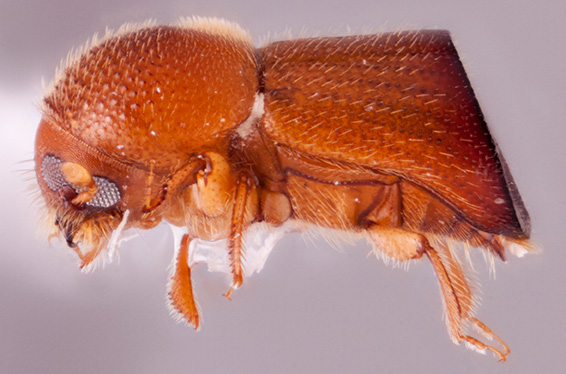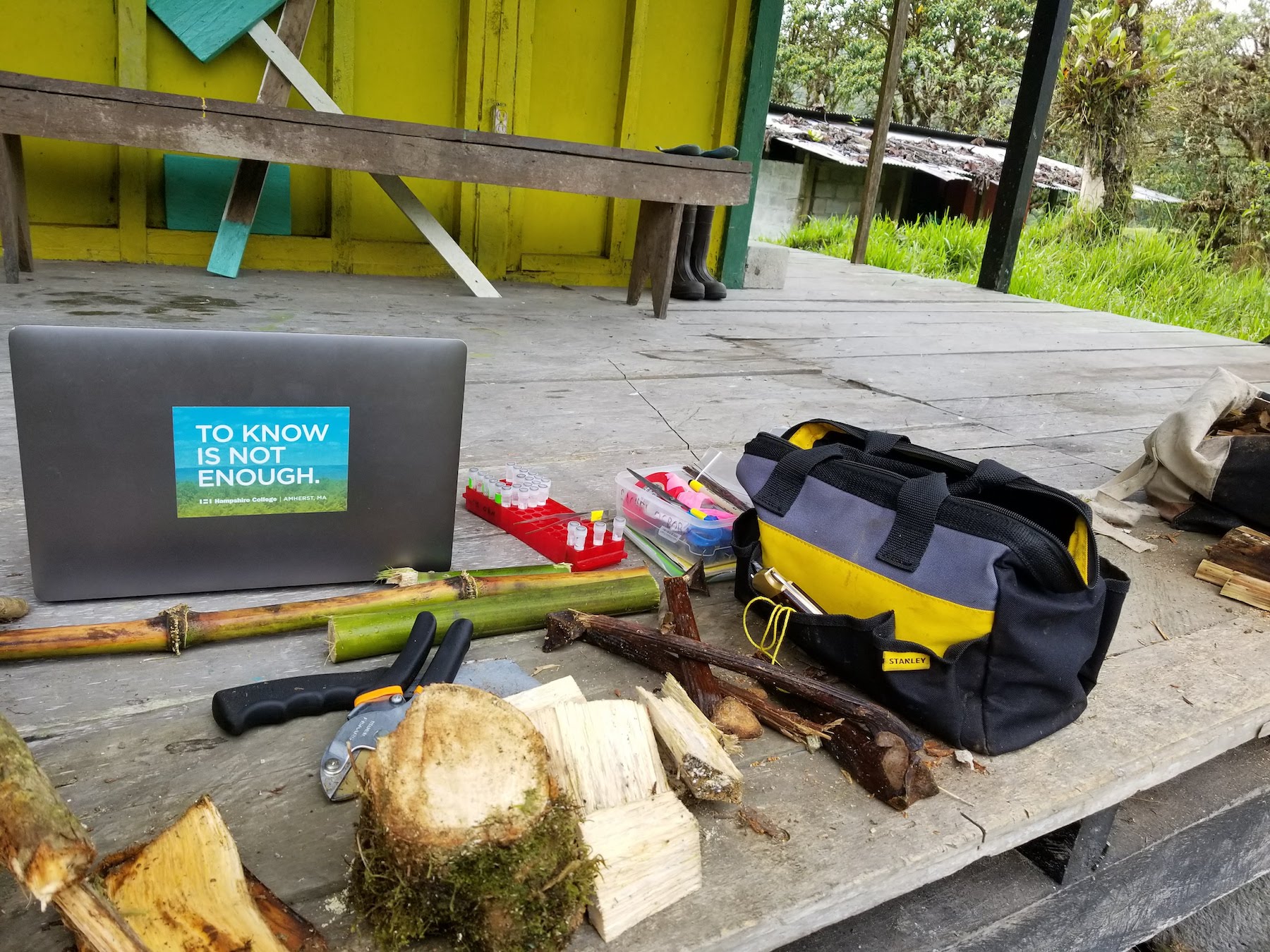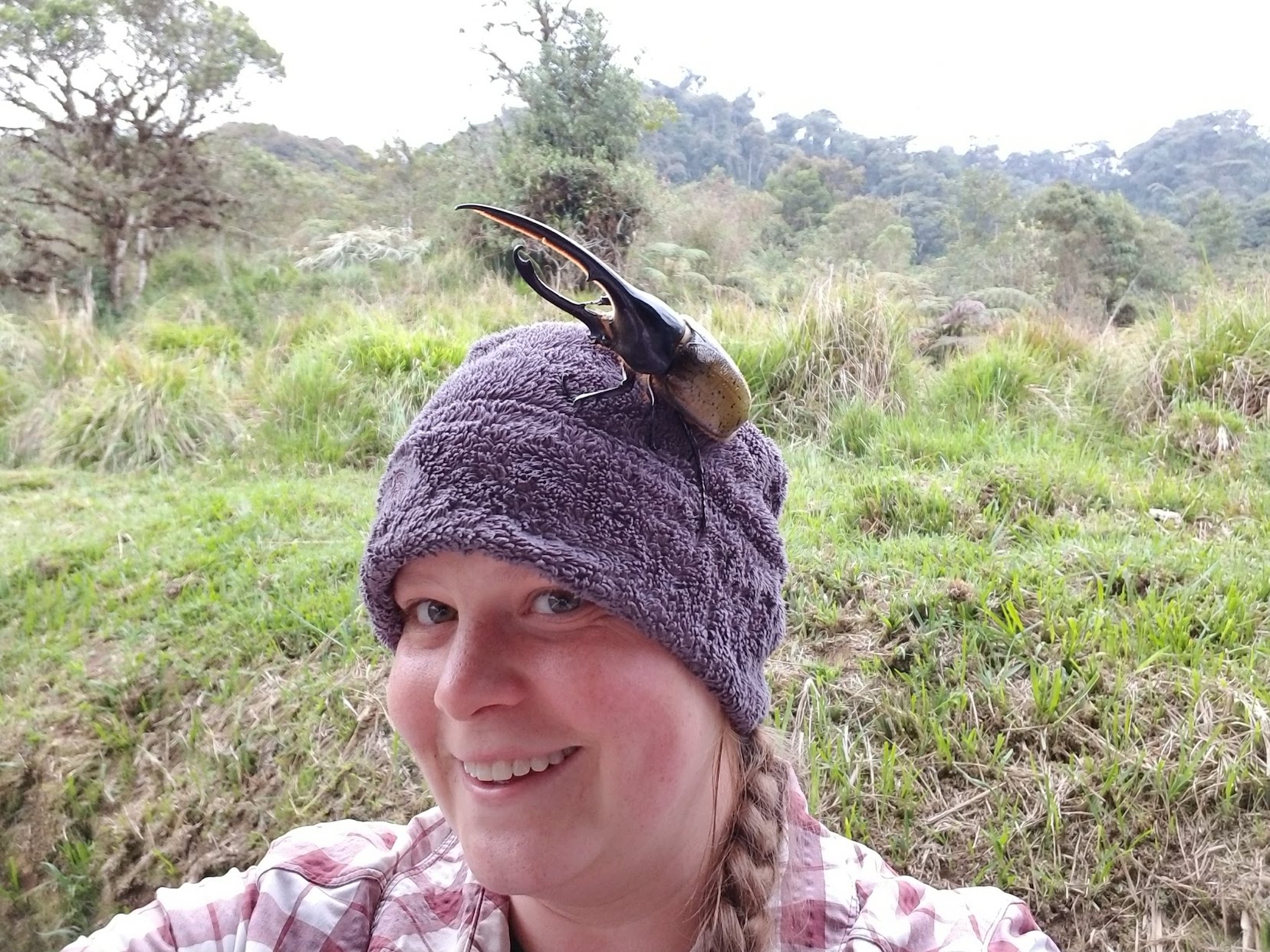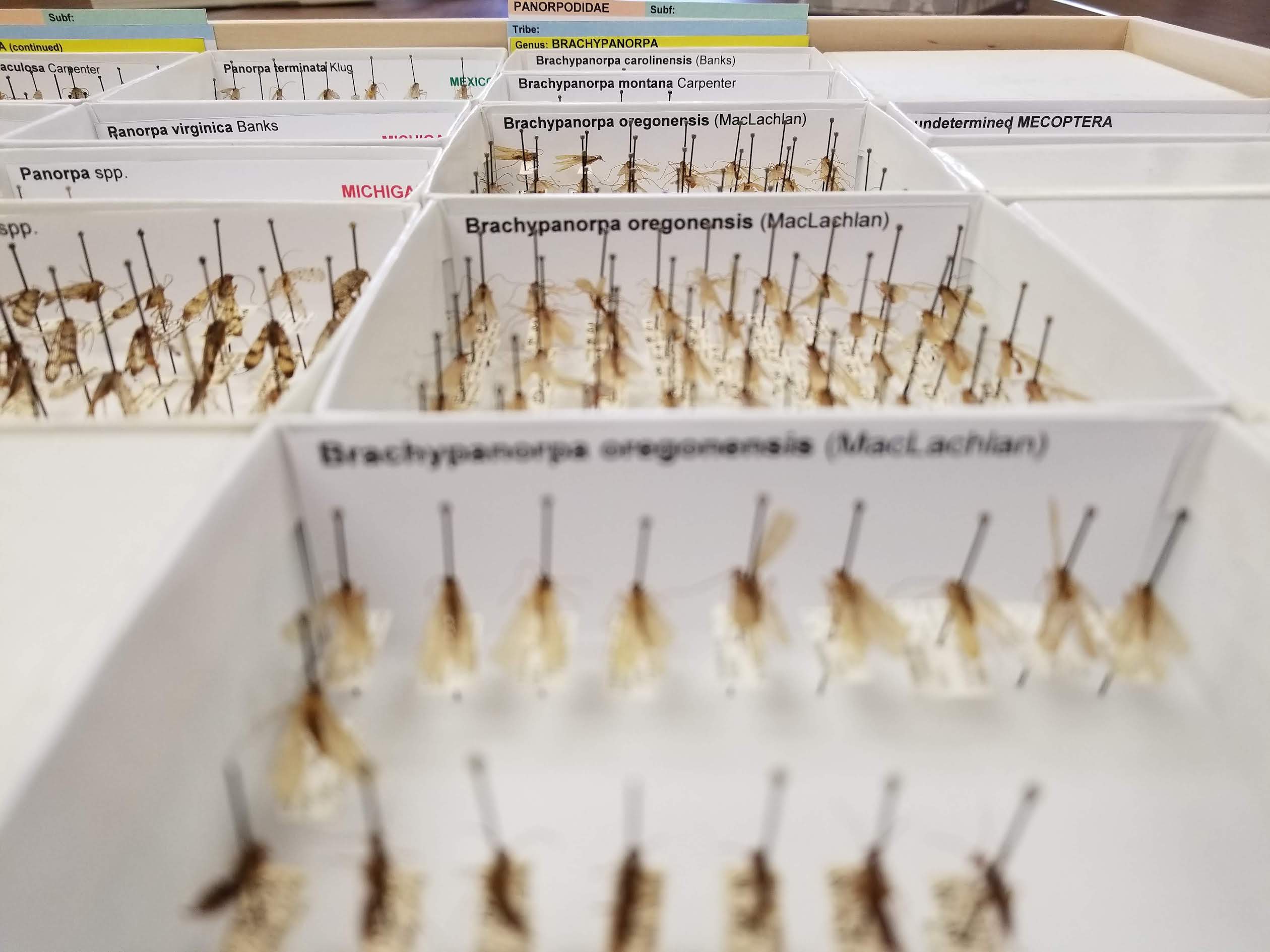
Work with Insect Collections
I started working with entomology collections almost fifteen years ago after sending a cold email to an entomologist at the Smithsonian Museum of Natural History (USNM) in Washington DC. I found his name through a contact in my college’s alumni network and he generously set me up with a volunteer position in the USNM moth collection. As I quickly gained confidence and proficiency working with insect specimens, I graduated to a paid position researching the collection records and species descriptions to verify that the holotype collection was accurate.
Continuing to progress in my research skills at the museum, I shifted roles a few times and gained valuable experience working with several different insect orders and the scientists who cared from them. I learned how to produce montaged images of insect specimens and grew comfortable crafting workflow pipelines and managing dynamic data repositories. You can find examples of this work at the USNM Hymtypes website and the Primary Type Specimens Catalog.
Joining the Holistic Insect Systematics Laboratory at Michigan State University as a PhD student allowed me to further develop as a specimen photographer. As I acquainted myself with several different methods of specimen photography, I enjoyed the synergistic benefits that come from cooperating with a team. Lead investigators in my lab taught me how to use the complex imaging system in the lab. They refined my ability to edit montaged photos, granting me the ability to create more accurate and consistent photographs. Some of my work became part of the online interactive key to Southeast Asian Ambrosia Beetles
The close association between my research lab and MSU’s AJ Cook Arthropod Research Collection provided numerous opportunities to work with museum specimens. Given my previous work with the USNM EMu catalog, I was an ideal candidate for several ongoing digitization projects with the Symbiota Collections of Arthropods Network. I assisted processing and uploading photographs of larvae in vials, transcribing label data from slides, and creating a digitized teaching collection of local Michigan insects. My strengthening interest in collections work led me to participate in two unique workshops focused on the management and preservation of natural history and insect collections. These special professional experiences cemented my desire to join the ranks of entomology professionals who work within insect collections.

Research
During my time at MSU I have had the privilege of contributing several projects and cultivating my own research interests through my dissertation project. Like many taxonomic investigations, my research is built on a foundation of lab work and propelled by collection activities in the field. During four collecting trips to Ecuador, I collaborated with local scientists and government officials, handled travel logistics between field locations, collected ambrosia beetles, and isolated their fungi for further study. I used field-collected insect and fungal material to reconstruct phylogenies with sequenced DNA in the lab at MSU.
Beyond graduate school my foundational investigative skills will drive further research about symbioses between insects and fungi, and evolutionary patterns of mycophagy within Coleoptera.



